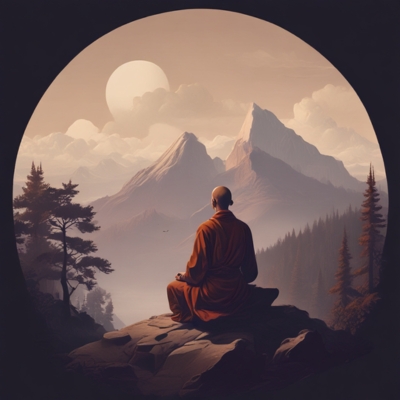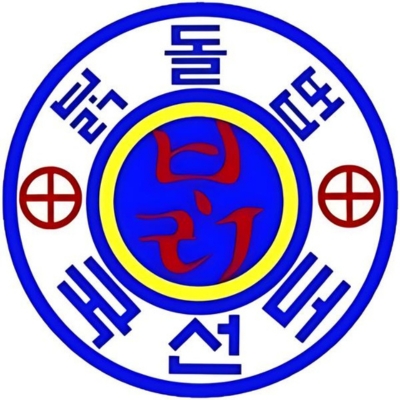
Sundo (Kouk Sun Do) was passed down secretly, among Taoist mountain monks, from teacher to student, for generations.
Sundo is a traditional Korean ‘mind-body’ practice kept secret for thousands of years… it was not until 1967 that the monk Chung-Woon sent his disciple Be-Kyung to teach Sundo to the rest of the world.
Shrouded in a veil of mystery for thousands of years, Sundo is a technique aimed at stimulating internal energy through: breathing exercises, postures and meditation techniques.
Internal Energy Production
This internal energy is called ‘Ki’ by the Japanese and Koreans, ‘Qi’ or ‘Chi’ by the Chinese, ‘Prana’ in India and ‘Aether’ by the Greeks…
The energy gathered or generated in Sundo is then directed to create and maintain balance: physically, emotionally and spiritually.
Directed to the meridians of the body (called ‘Nadis’ in India), these are the channels for this energy flow… allowing for states of relaxation, inner calm and well-being, while also strengthening the immune system.
There are similarities to Yoga with a physical practice and deep meditation exercises. There are also similarities to Ti Chi and Chi Gong with the energy work. The ‘inner work’ is aimed at quieting mental chatter and promoting a state of present-moment awareness.
Sundo: Three Steps to Self-Mastery
#1 The Warm-Up
This first step, lasts around 30 minutes focusing on: Stretching and Self-Massage
The gentle stretches help loosen muscles and improve flexibility. The self-massage is about applying pressure to specific points on the body, releasing tensions.
This warm-up phase creates a foundation of physical ease, allowing the practitioner to enter the core practice with a more relaxed and open body.
#2 The Heart of the Practice
The essence of Sundo is the meditation phase… Lasting approximately 40 minutes, this core phase is working with postures and breath to cultivate energy flow and inner awareness.
Energy Activation: Through specific exercises, practitioners aim to stimulate their energy flow and enhance their connection to the body’s vital energy.
Holding Positions: Beginners start with around 25 positions… while experienced practitioners may focus on just a single (advanced) posture… or perform over 100 different positions.
Danjeon Breathing: This is a specialized abdominal breathing technique. Known as ‘Danjeon Breathing’, it plays a crucial role in the meditation.
#3 Integration and Completion
The final part of the session focuses on integrating the experience and preparing your body for the outside world and the rest of your day.

This final segment involves more stretching and twisting. These movements are aimed at circulating the energy produced throughout the body’s channels… ensuring the flow reaches all vital organs. It also helps to let go of any residual tension or blockages.
Muscle Strengthening: The session then might conclude with some gentle, rhythmic muscle strengthening exercises to enhance overall physical well-being.
Leaving the practitioner feeling refreshed, energized and ready to integrate the benefits of this ancient practice into their daily life.
Give it a try for yourself . . .

Pingback: Moving Meditation: Ilchi Lee's Brain Wave Vibration, Enhancing Your Well-Being